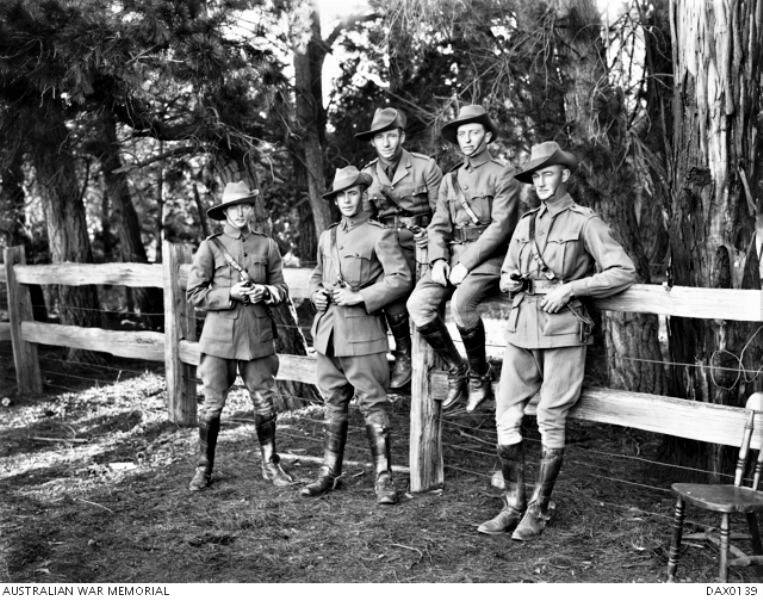
David McGarvie wasn't one to embellish a story.
Subscribe now for unlimited access.
$0/
(min cost $0)
or signup to continue reading
Even when recounting one of Australia's deadliest battles of the Gallipoli campaign, the dairy farmer was typically low-key.
His Army-issued leather diary, now in the safe hands of his grandson Bryan McGarvie of Warrnambool, gives few clues to the horror he and his 8th Light Horse comrades endured on the night of August 7, 1915, at the ill-fated charge of The Nek. Handwritten in pencil, the diary entry for the disastrous charge against the Turks is brief and to the point.
"4.30 charged Turks trenches, got hit with bullet on left foot, shot 4 or 5 Turks, got a little cover, could not move all day, lay in one place 15 hours, crawled in after dark."
He was, by all accounts, a crack shot, but the bullet that he took very nearly cost him his foot and at one stage, his life. Except for a limp, however, he recovered to lead a full life until his death aged 87 at his Pomborneit farm, Greenwood.
Along with the diary, Bryan's wartime keepsakes of his grandfather include a Bible, his pith helmet and haversack.
"Pa definitely didn't like talking about his time in the war. He led an active life and just got on with things," he says.
On that day of carnage for the boys of the 8th Light Horse Regiment, many of whom hailed from the Western District, David McGarvie was one of the lucky ones
Of the 300 men who started out with the 8th that night, half were killed. Among the dead were 142 men and 12 officers, including B Squadron commander and prominent Warrnambool resident Major Thomas Harold Redford. Most of the rest were wounded and within days, another 11 died of wounds. While their horses were left in Egypt, they were fighting as infantry in what was one of the key actions of the August Offensive.
Poor decisions and mistiming turned it into a bloodbath, but The Nek was also a night of heroism and bravery by the Light Horse.
Now, there's a growing push for wider recognition of these deeds, with Warrnambool's Jericho Cup being touted as the perfect platform.
Military historian and Warrnambool RSL member Doug Heazlewood says the city's 8th Light Horse Gallipoli link would help secure the city's claims on the cup which celebrates the legends of the Australian Light Horse.
"The connection with the Warrnambool community remains a little tenuous and the essence of the event might easily be poached," he cautions.
He says the value of the cup could be made "stronger and richer" by the inclusion of the infamous charge and has flagged establishing a steering committee and promotional video to drive the proposal. The story of The Nek was dramatised in the 1985 Peter Weir movie Gallipoli, with the movie's Major Barton, played by Bill Hunter, based on Warrnambool's Major Redford.
Mr Heazlewood says the movie wrongly portrayed the charge as being made up almost entirely of soldiers from the 10th Light Horse from Western Australia, when they were in fact predominantly 8th Light Horse men. Warrnambool and the Western District was a strong feeder area for the 8th Light Horse. Of the 53 Warrnambool men in the regiment, 30 died at The Nek.
The majority of Major Redford's B Squadron, who teamed up with half of A Squadron as the first wave of the doomed assault had been based in Warrnambool and included district lads like David McGarvie and Paul McGinness.
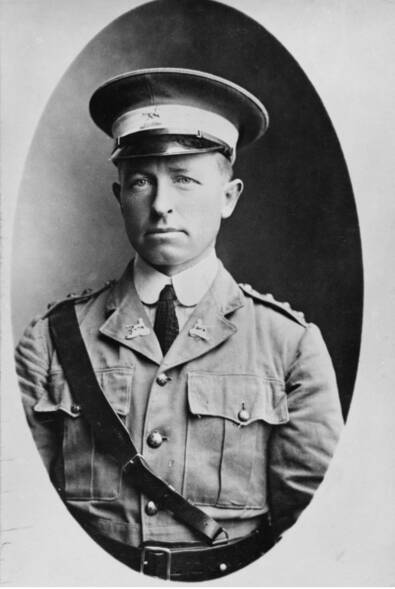
Like the first wave, the second, comprising C and the rest of A Squadron, were also mown down by the Turks. The third wave, from WA's 10th Light Horse, met a similar fate before commonsense prevailed and the action was aborted, sparing the fourth wave.
Of the 600 Australians in three regiments who took part in the action, 372 were killed or wounded.
Official war correspondent Charles Bean wrote of the battle: "For sheer bravery, devoted loyalty and that self-discipline which seldom failed in Australian soldiers, they stand alone in the annals of their country. It was one of the bravest actions in the history of war." Former mayor and Warrnambool City councillor Richard Ziegeler agrees Warrnambool's Light Horse Gallipoli connection needs to be promoted.
"There's a very strong Warrnambool connection and we should capitalise on it, if only because the memory of these fellows needs to be recorded correctly with due honour to their sacrifices."
He advocates utilising the link to give the Jericho Cup "the cachet it deserves". "Its real home is Warrnambool and it deserves to stay here."
Thomas Redford was, according to Mr Heazlewood, "a gallant officer and a true gentleman who respected his soldiers and was respected by them right to the end".
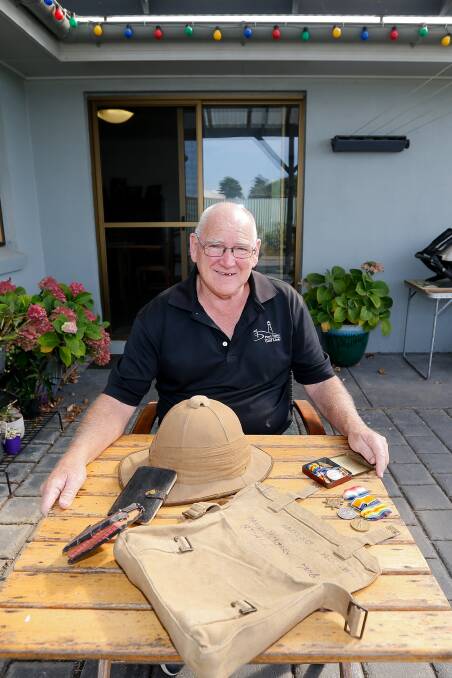
"He was a leader who inspired people to enlist and volunteer and he led them well."
Buried where he died on the Gallipoli Peninsula, Redford's name is recorded on the family grave in Warrnambool. But with the grave in a state of disrepair, Mr Heazlewood is making a public appeal to restore the site to one more befitting a local hero.
The Friends of Gallipoli group has pledged a $500 seeding grant but he says more is needed and is calling for donations to restore the fallen headstone, replace the base and treat the corroded fencing surrounds.
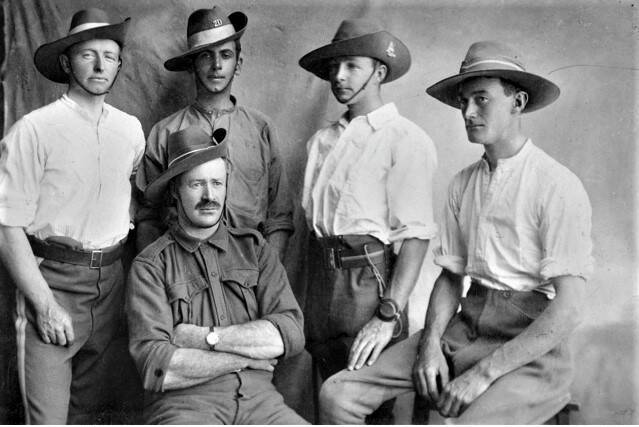
Born in Warrnambool in 1880, Thomas Redford came from a prominent local family whose name is recalled today in a city street.
He and his brother took over the family produce business on the corner of Timor and Fairy streets after his father, also Thomas, died in 1907. Like his father, young Thomas was a handy cricketer. By the time war erupted in 1914, he'd already spent seven years in the Victorian Mounted Rifles and nine years in the Light Horse (Militia), his experience having a strong influence on the boys in the rowing club; every male member of the club who was eligible to fight signed up with the AIF.
In a poignant reminder of the club's contribution to the Great War, each Anzac Day a set of oars stands crossed atop a memorial overlooking the Hopkins River where members have rowed for more than 150 years. On it are inscribed the names of 63 club members who followed Redford's lead and enlisted.
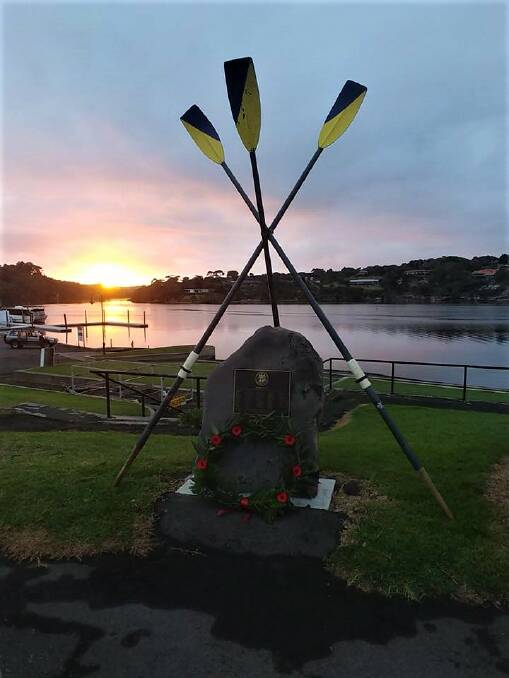
A Norfolk Island pine tree, planted at the start of the 1916-17 rowing season near the club's former sheds off Simpson Street, remains a living memorial. At 34 and married barely a few months, Redford was already a major when he shipped out of Melbourne on the Star of Victoria with the 8th Light Horse in February of 1915. Six months later he lay among the dead.
Under the cover of darkness that night, two of his loyal men, Troopers Lionel Simpson and Paul 'Ginty' McGinness ventured into no-man's land to recover Redford's body and identity discs. For McGinness, who later went on to become one of the founders of Qantas, it was a brave act. He was the only survivor of the first 150 men, including Redford, who went over the top in the attack. Slightly wounded, he spent the day immobile in the blistering heat, before crawling back to safety, only to return to the battlefield for his revered major.
The esteem in which Redford was held by his men is best summed up by one of his sergeants who later wrote: "A braver and (more) honourable man never donned uniform."

